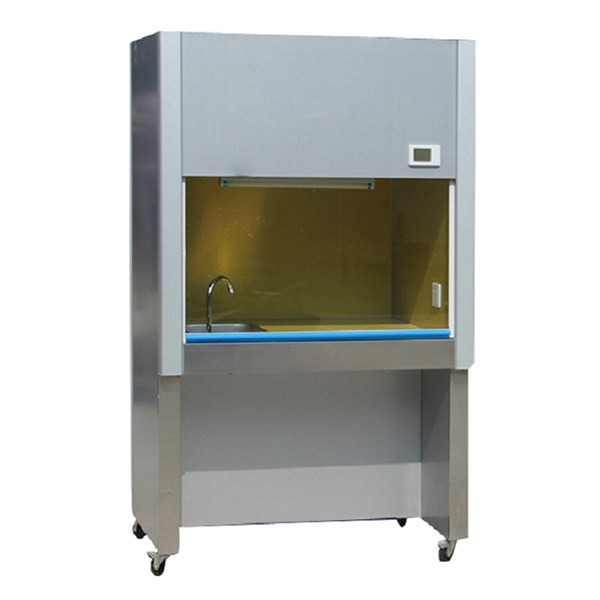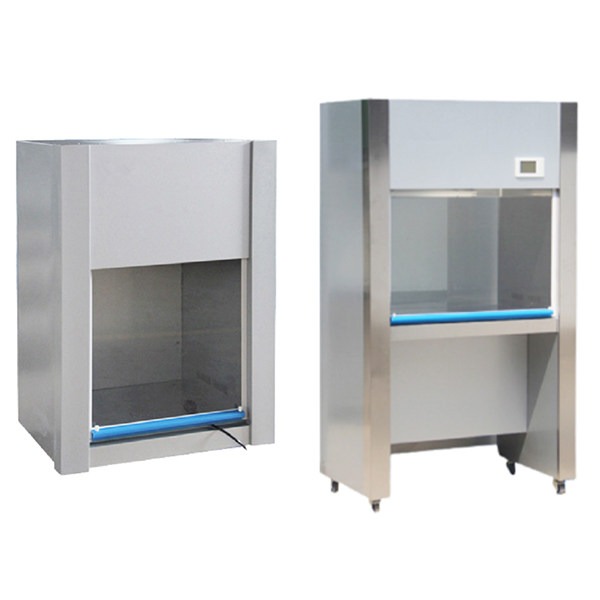In the realm of scientific research and clinical settings, the protection of human health and the environment is paramount. Biosafety cabinets (BSCs) stand as a cornerstone of this endeavor, providing a crucial barrier against the spread of infectious agents. This article will delve into the world of BSCs, elucidating their types, purposes, and applications.
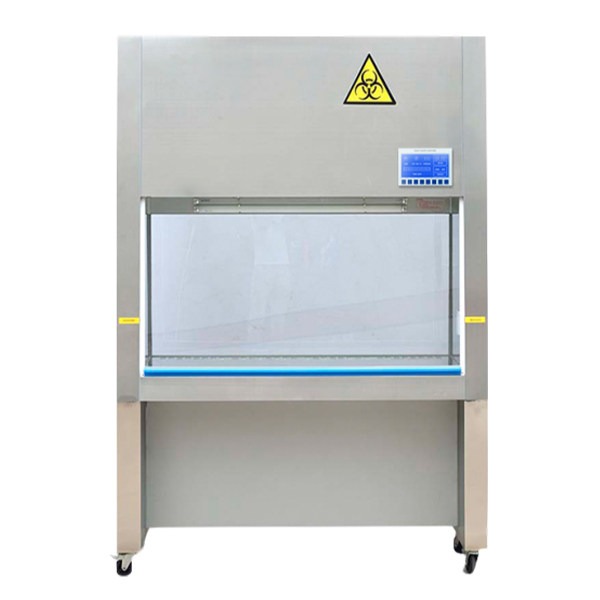
What are Biosafety Cabinets?
Biosafety cabinets are enclosed workstations that provide a controlled environment for handling infectious materials. They are equipped with a HEPA filtration system that removes airborne pathogens from the work area, protecting the user from exposure. BSCs also provide containment for the materials being handled, preventing them from escaping into the environment.
What are the Types of Biosafety Cabinets?
Class I Biosafety Cabinets
Class I BSCs provide the most basic level of protection, primarily safeguarding the user from airborne pathogens. They draw air from the laboratory and exhaust it through a HEPA filter, preventing the release of contaminants into the room. Class I BSCs are suitable for handling low-risk agents, such as bacteria and viruses.
Class II Biosafety Cabinets
Class II BSCs offer enhanced protection for both the user and the environment. They maintain an inward airflow pattern, ensuring that air drawn into the cabinet passes through HEPA filters before being exhausted. Class II BSCs are further classified into four types: A1, A2, B1, and B2.
- Type A1 Cabinets:
Type A1 cabinets are designed for work with low-to-moderate risk agents. They provide an inward airflow pattern with 70% recirculation and 30% exhaust.
- Type A2 Cabinets:
Type A2 cabinets are suitable for handling moderate-risk agents. They offer a 100% exhaust airflow pattern, ensuring maximum containment.
- Type B1 Cabinets:
Type B1 cabinets are similar to Type A2 cabinets but feature a ducted exhaust system that discharges directly to the outdoors, providing an additional layer of protection.
- Type B2 Cabinets:
Type B2 cabinets are designed for work with highly infectious agents, such as those requiring Biosafety Level 3 (BSL-3) containment. They feature a gas-tight construction and a self-contained HEPA filtration system, providing the highest level of protection.
Class III Biosafety Cabinets
Class III BSCs offer the most stringent level of containment, providing maximum protection for both the user and the environment. They are designed for work with highly infectious agents, such as those requiring BSL-4 containment. Class III cabinets are essentially glove boxes, with the user manipulating materials through airtight gloves attached to the cabinet’s front.
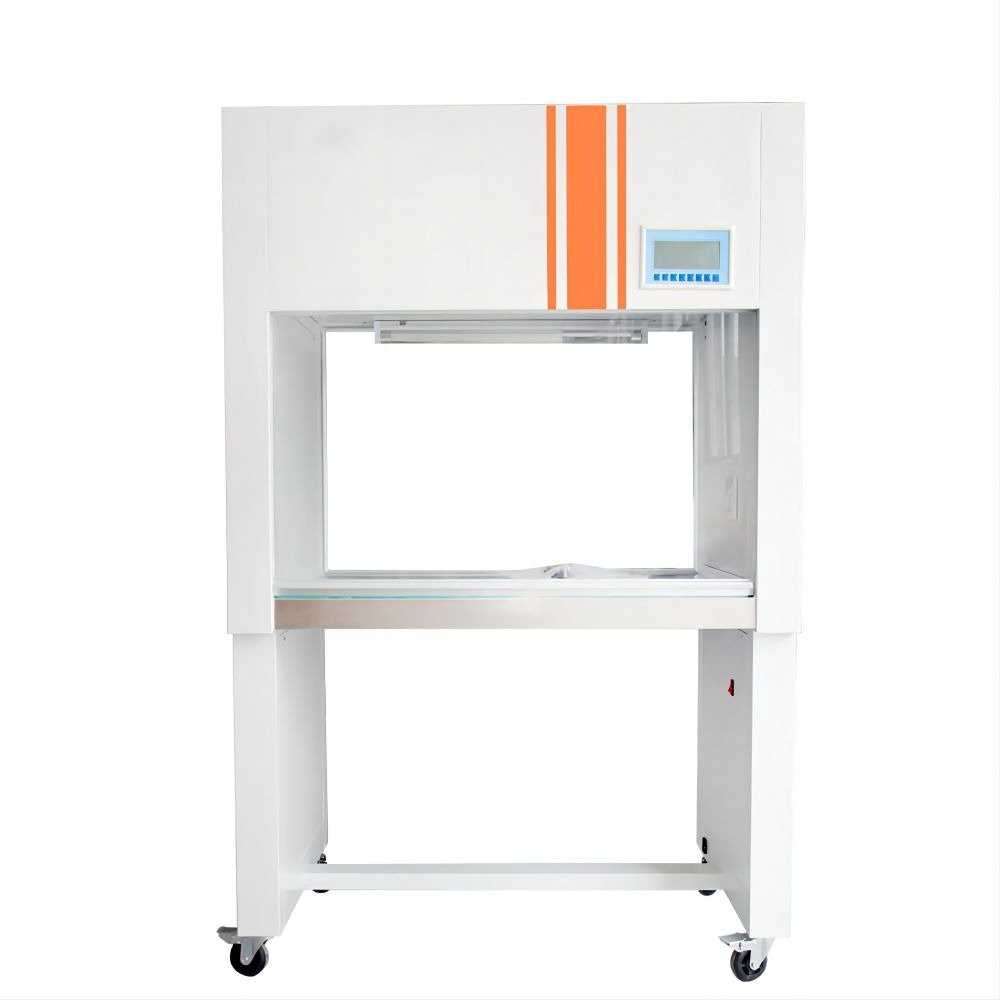
What is the Purpose of a Biological Safety Cabinet?
Biosafety cabinets serve a multifaceted purpose, protecting both personnel and the environment from the perils of airborne pathogens. Their primary functions include:
- Protecting personnel from airborne pathogens: Biosafety cabinets effectively capture airborne contaminants, preventing inhalation and protecting the user from potential exposure to infectious agents. This protection is particularly crucial for laboratory personnel who handle potentially hazardous biological materials, such as bacteria, viruses, and fungi. By preventing the inhalation of these pathogens, biosafety cabinets significantly reduce the risk of laboratory-acquired infections, which can lead to severe illnesses and even death.
- Protecting the environment from contamination: By preventing the release of airborne contaminants, biosafety cabinets safeguard the environment from contamination. This protection is essential for several reasons. First, it prevents the spread of pathogens to other areas of the laboratory, potentially exposing other personnel and compromising ongoing research activities. Second, it protects the surrounding environment, including the wider community, from the release of potentially harmful biological agents.
- Ensuring the integrity of experimental results: Biosafety cabinets maintain a sterile work environment, preventing cross-contamination between samples and ensuring the validity of experimental outcomes. This is particularly important for research studies that require precise and reproducible results, such as in fields like microbiology, immunology, and molecular biology. By preventing the introduction of unwanted contaminants, biosafety cabinets help maintain the integrity of experimental data and ensure the reliability of research findings.
- Promoting a safe and healthy work environment: Biosafety cabinets are essential components of a comprehensive biosafety program, contributing to a safe and healthy work environment for laboratory personnel and the surrounding community. By minimizing the risk of exposure to hazardous biological agents, biosafety cabinets promote a culture of safety within the laboratory, reducing the likelihood of accidents and illnesses. This, in turn, contributes to a healthier and more productive work environment for all involved.
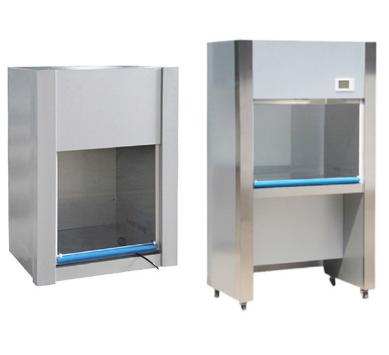
Conclusion
Biosafety cabinets serve as indispensable tools for protecting human health and the environment in various scientific and clinical settings. By providing a controlled workspace for handling potentially hazardous biological agents, these enclosures prevent the spread of pathogens, ensure the integrity of experimental results, and promote a safe and healthy work environment. The proper selection, operation, and maintenance of biosafety cabinets are crucial for safeguarding human health and the environment.

